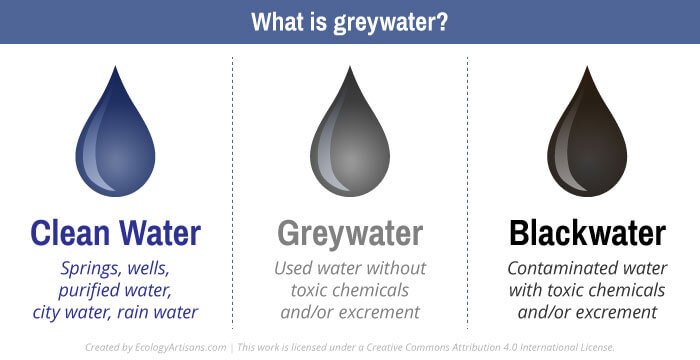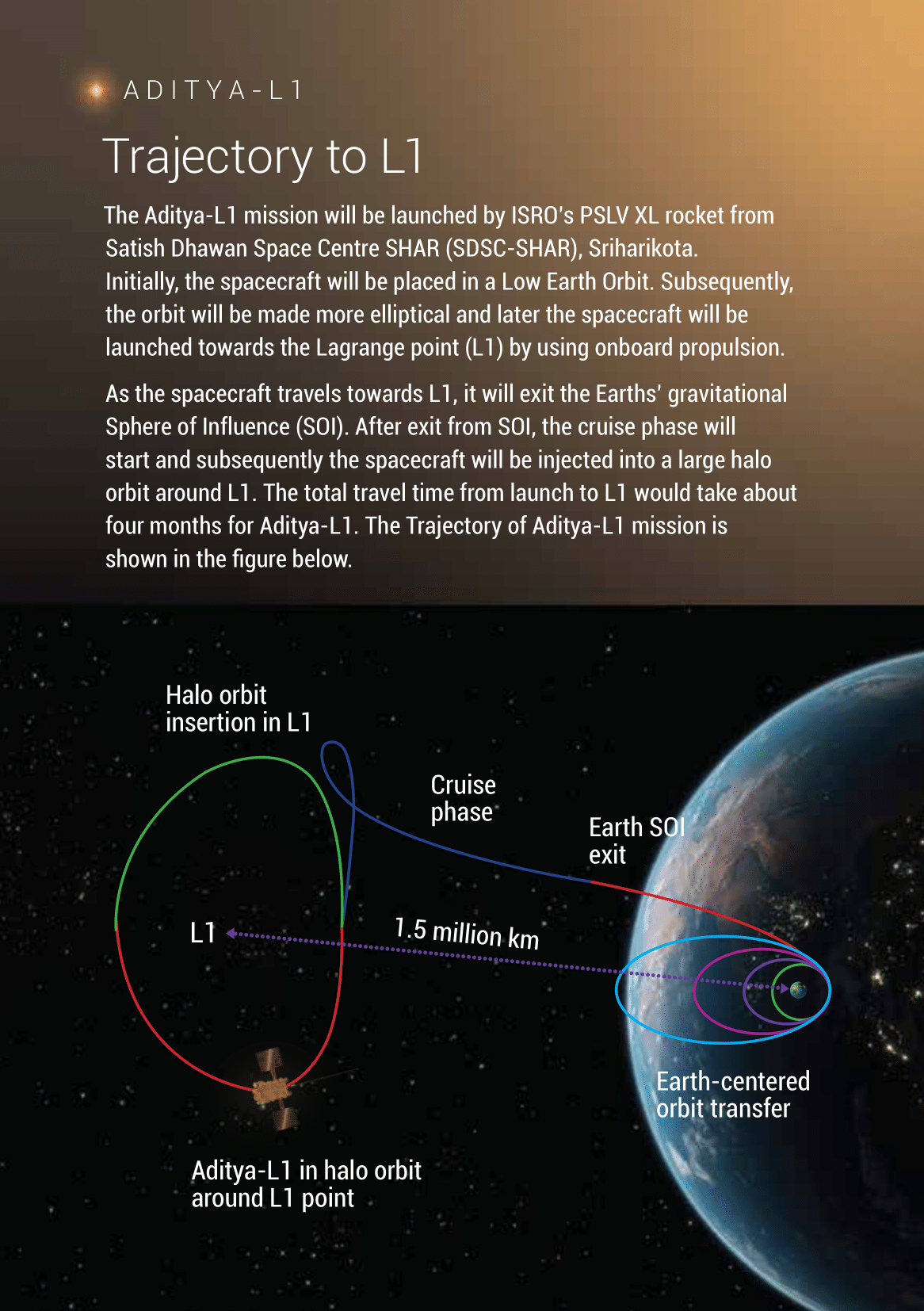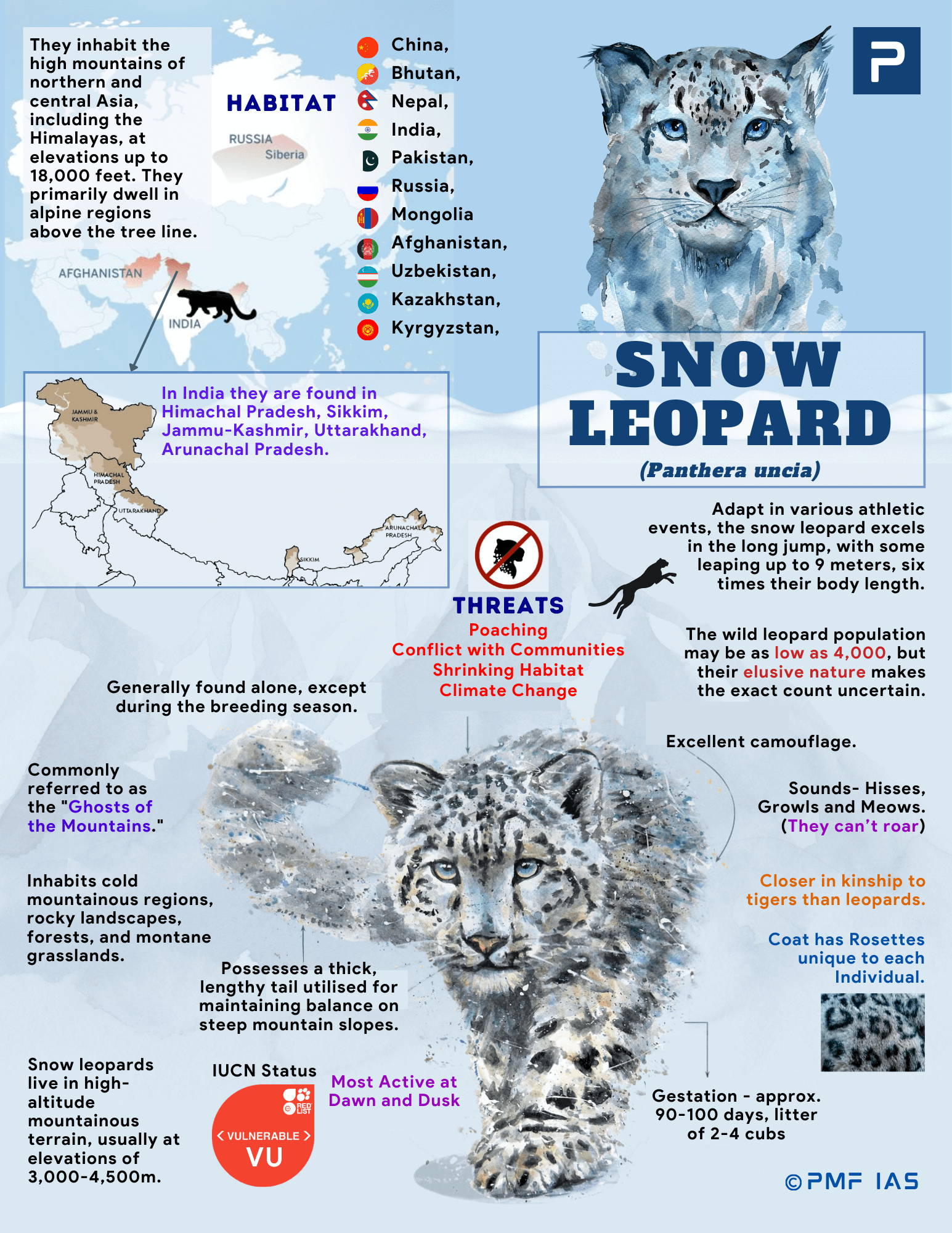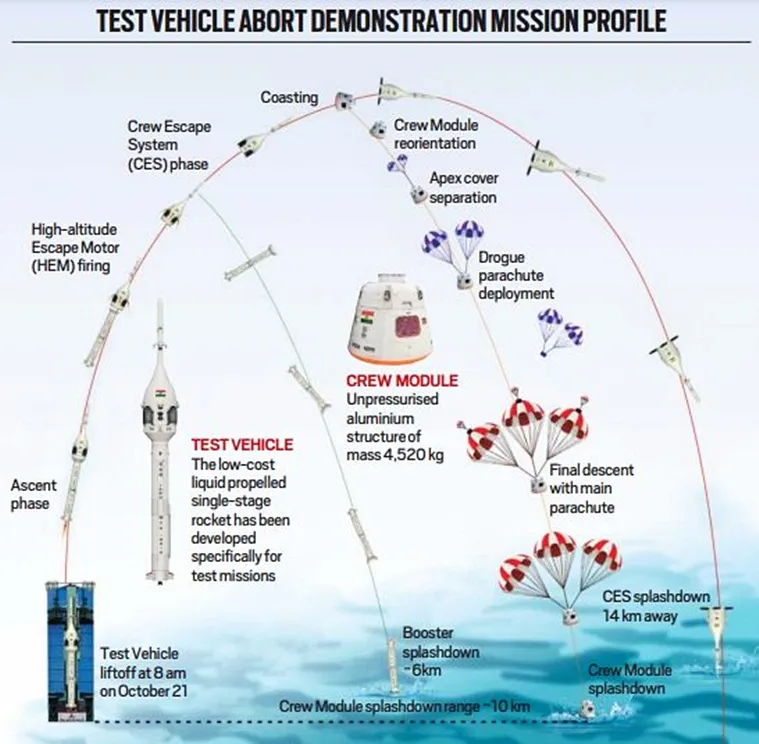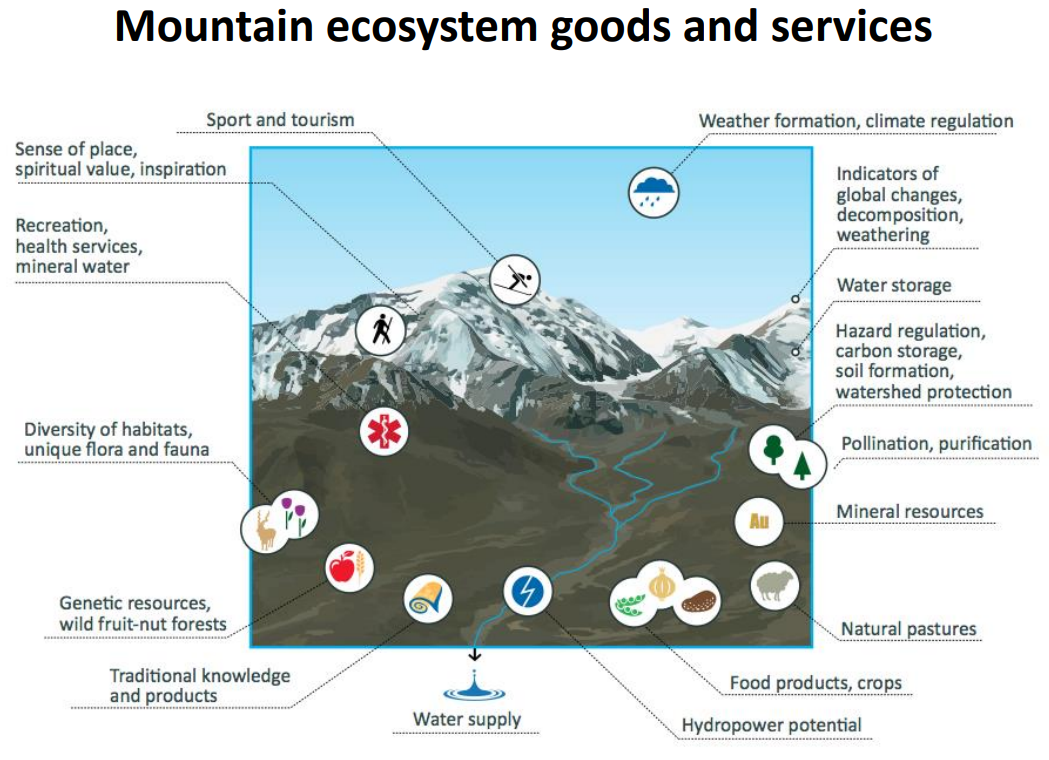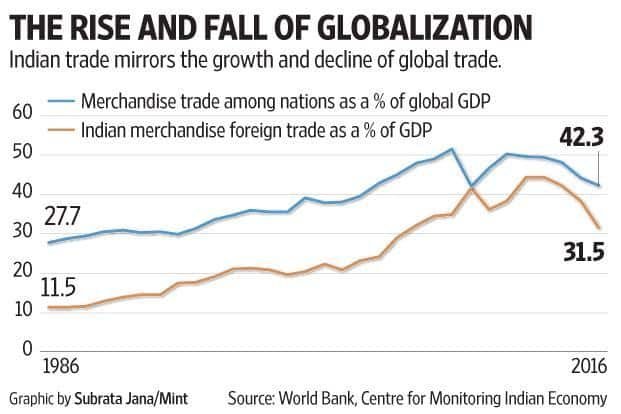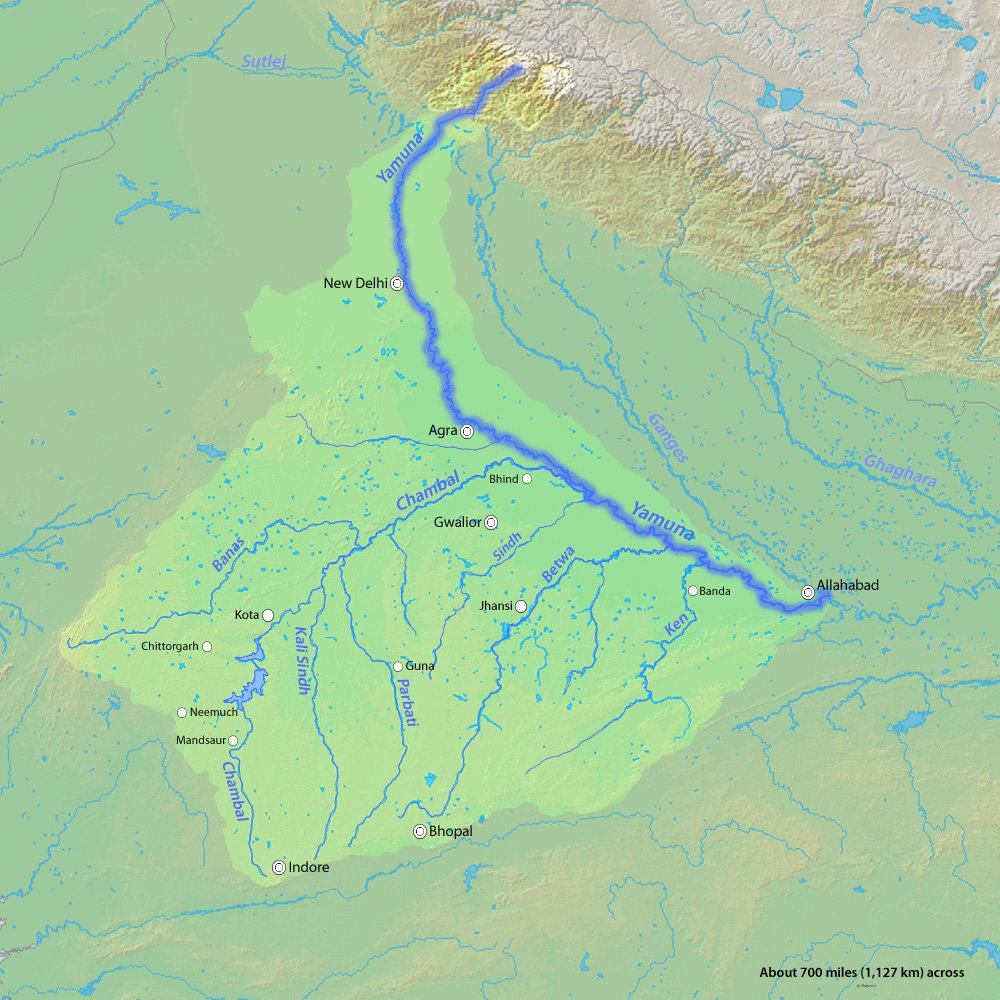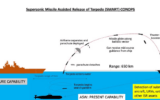
Space Tourism
Subscribers of "Current Affairs" course can Download Daily Current Affairs in PDF/DOC
Subscribe to Never Miss an Important Update! Assured Discounts on New Products!
Must Join PMF IAS Telegram Channel & PMF IAS History Telegram Channel
- Context (HT): Blue Origin successfully launched its Space Tourism rocket.
- Space tourism is human space travel for recreational, leisure or business purposes.
- It is a commercial activity of providing travel to space for non-professional astronauts.
- Types of Space Tourism:
- Suborbital tourism involves flights that travel above the Karman line, the internationally recognized boundary between Earth’s atmosphere and space, at an altitude of about 100 kms.
- Orbital tourism involves flights that travel into Earth orbit at an altitude of over 400 kms.
- Notable space tourism modules: Virgin Galactic’s SpaceShipTwo and Blue Origin’s New Shepard.
Potential of Space Tourism
- Economic Growth: The global space tourism industry is expected to grow at a CAGR of 37% from 2022-30 with the market expected to be worth at least $3 billion by 2030.
- Accelerate R&D: Revenue generated from space tourism can be reinvested in space research, supporting scientific endeavors and furthering our understanding of the universe.
- Expanding Earth’s resource base by mining and extracting resources from celestial bodies which could become a viable commercial endeavor, thereby reducing strain on terrestrial resources.
- Technological advancements: E.g. advancements in space suit design can lead to improvements in hazardous environment apparel on Earth.
- Spiral effect: It can inspire the younger generation to pursue careers in STEM fields, spacecraft design, and propulsion systems leading to technological advancements in space exploration industries.
Challenges Associated with Space Tourism
- Safety issues: E.g., the accidents of Space Shuttle Challenger (1986) and Space Shuttle Columbia (2003) highlighted the criticality of safety measures and risk management in space travel.
- Costly affair: It is an expensive venture accessible only to the wealthier sections leading to social inequity and elitism.
- Risk of Kessler syndrome due to higher volume of space debris posing risk to both space tourists and existing satellites.
- Environmental Impact: Soot or black carbon that emerges from rocket exhaust accumulates in the stratosphere and may stay in the stratosphere over decades, thus, accentuating the climate crisis.
- Regulatory challenges: Issues of Passenger rights, liabilities, and airspace sovereignty remains a grey area at the international level.
ISRO’s Space Tourism Module
|




![PMF IAS Environment for UPSC 2022-23 [paperback] PMF IAS [Nov 30, 2021]…](https://pmfias.b-cdn.net/wp-content/uploads/2024/04/pmfiasenvironmentforupsc2022-23paperbackpmfiasnov302021.jpg)
